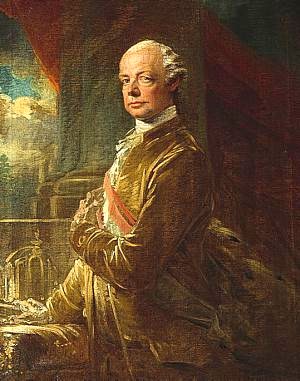
Story Highlights
- historical event: To this day, the death penalty has been abolished only in approximately half of the world’s countries. This article examines how and where this process started.
This day in 1786 marked the first time in European history one country permanently abolished the death penalty as a form of punishment. The country was Tuscany, the capital of which was Florence. Tuscany was at that time a monarchy led by Leopold of Habsburg, son of Empress Maria Theresa. Leopold ruled Tuscany with the title of Grand Duke of Tuscany (Granduca di Toscana), and was the brother of the famous reformer Emperor Joseph II. After his brother died childless, Leopold inherited the throne and became emperor.
It was the time of so-called “enlightened absolutism”. This was a form of government in which the ruler has unlimited power, but at the same time cares for the development of the state, implementation of reforms and welfare of citizens. Empress Maria Theresa and her sons Joseph and Leopold are usually counted among the enlightened rulers. Leopold’s rule in Tuscany brought reforms to that country, and one of the advanced examples is his abolition of capital punishment.
Grand Duke Leopold abolished not only the capital punishment, but also ordered the destruction of all means of execution in Tuscany. It should be noted that this was three years before the start of the French Revolution, which was considered progressive, but in fact made extensive use of the death penalty.
International organizations that fight for the abolition of the death penalty in the world took have adopted this day as the most important date for marking their activism. Only half of the countries in the world have abolished the death penalty so far.




